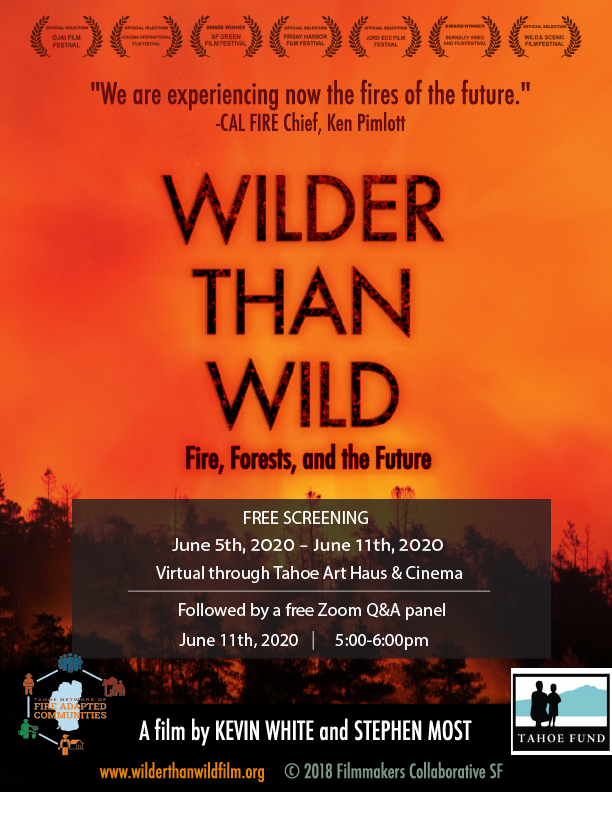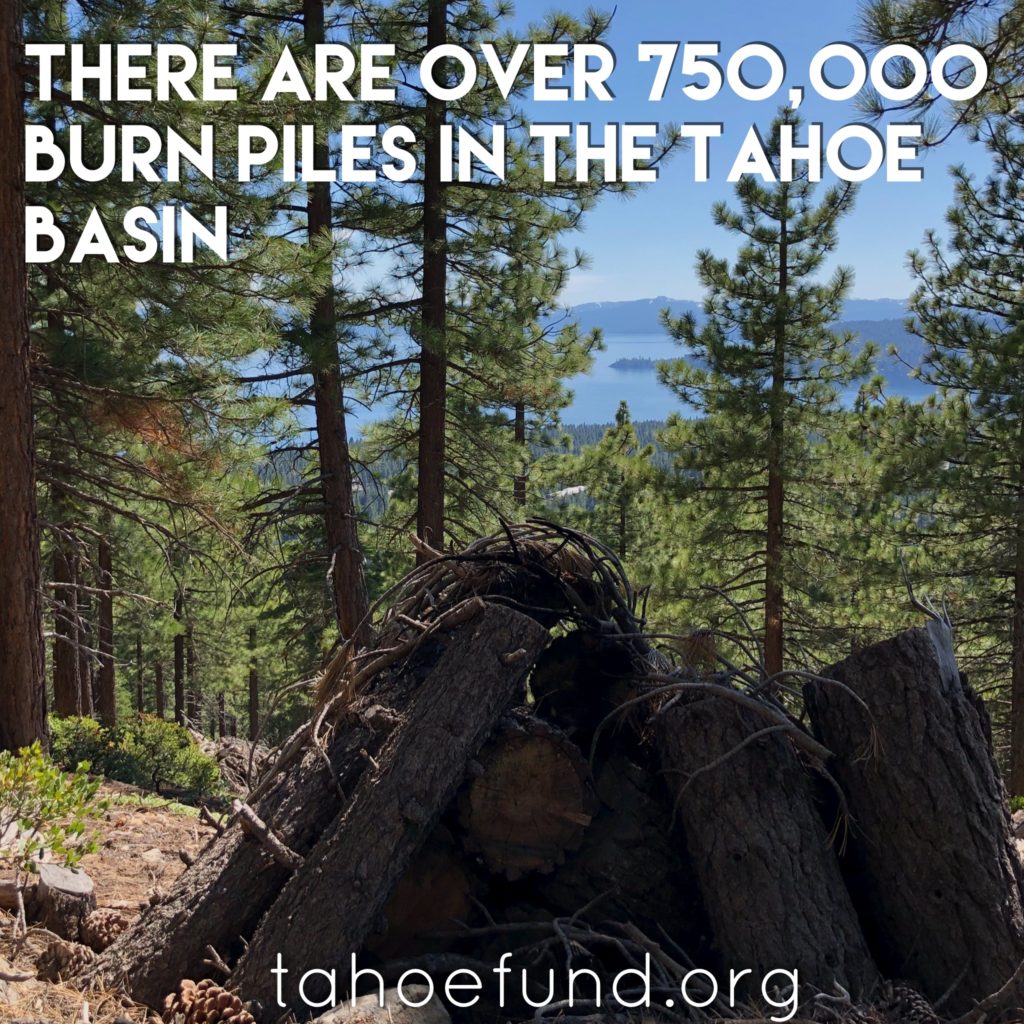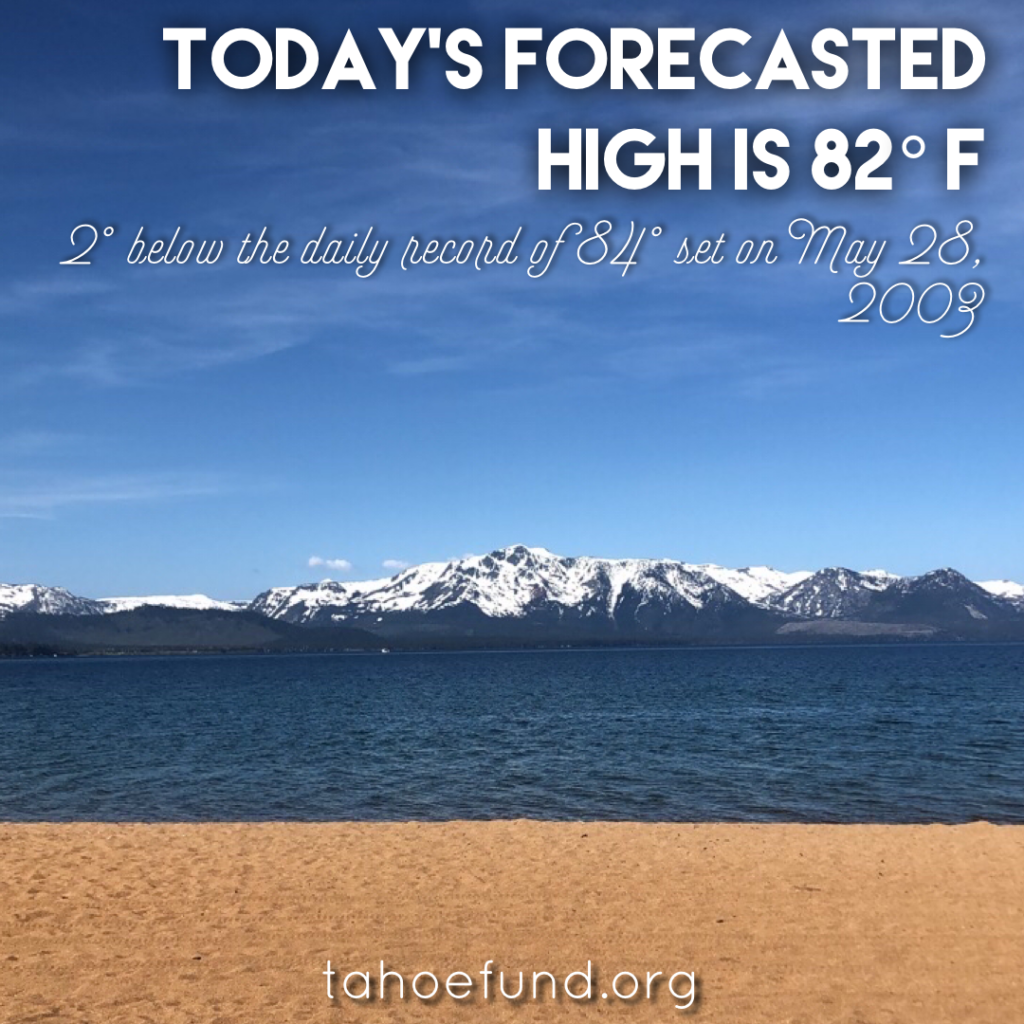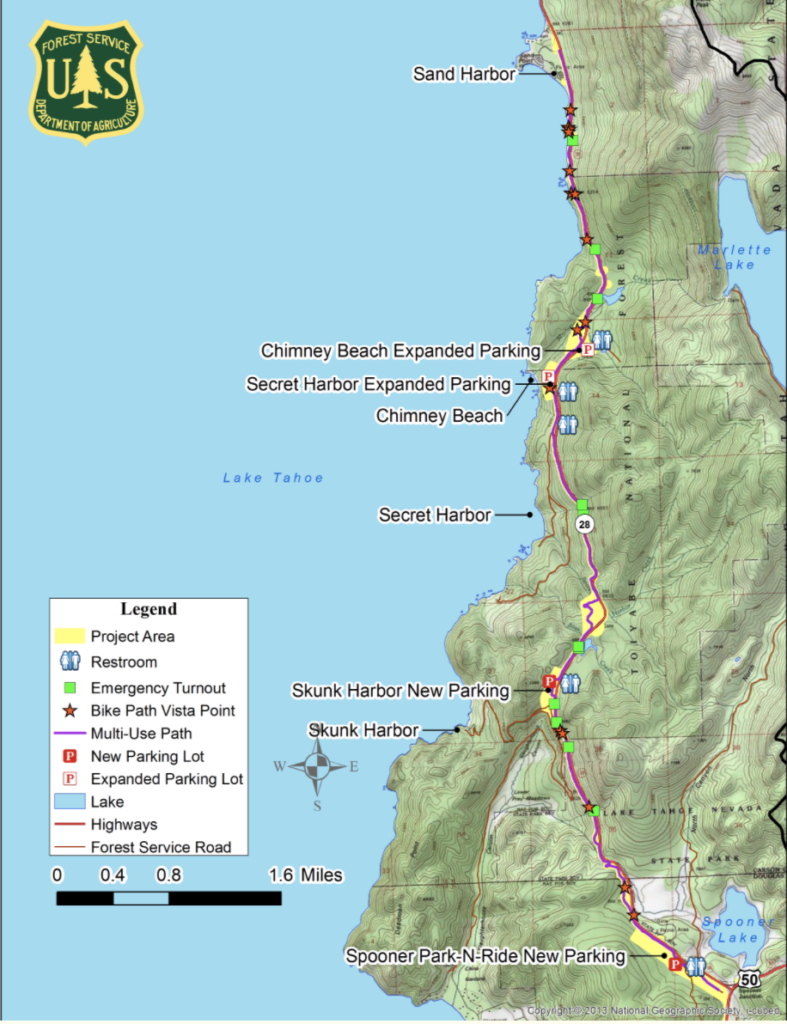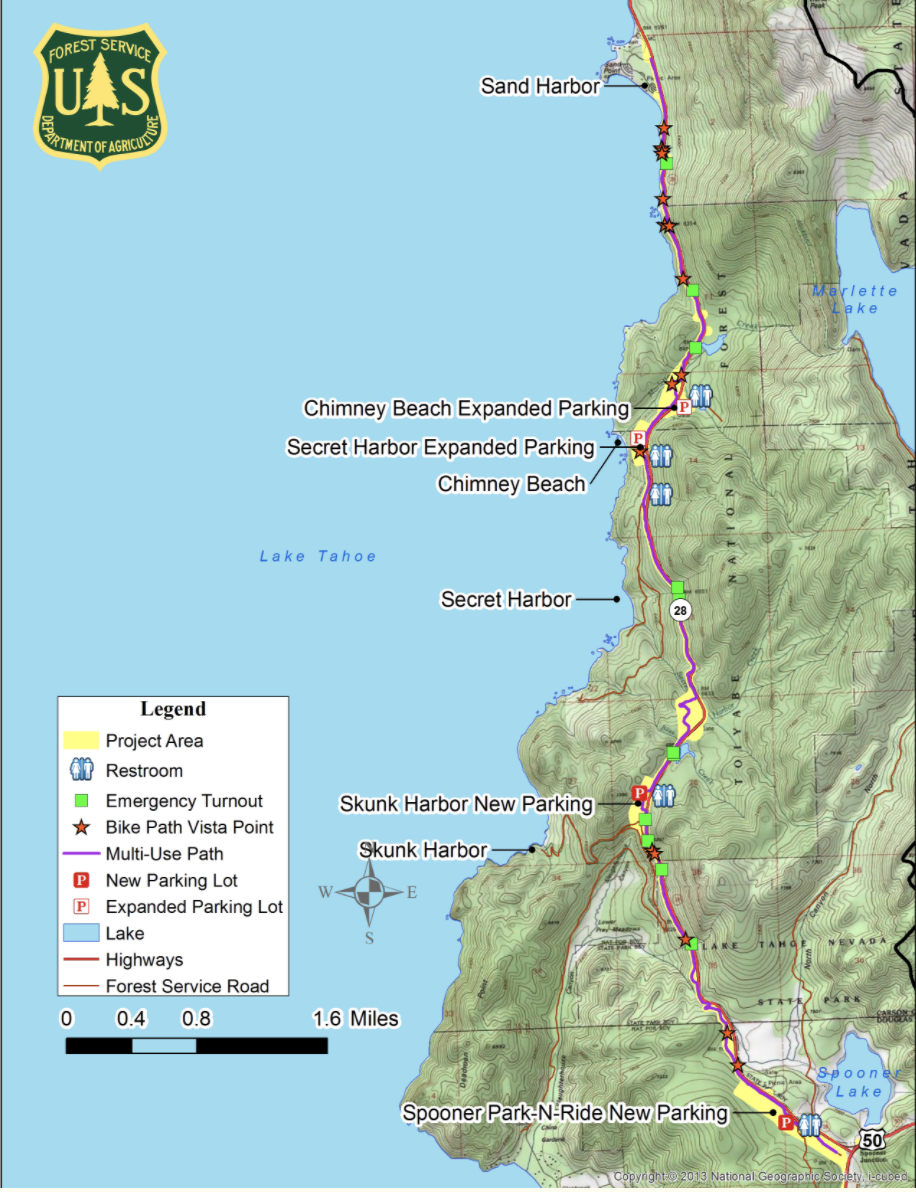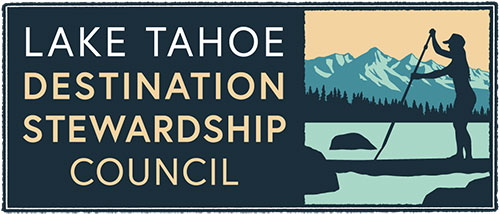
Ever noticed lakes throughout the Tahoe area are similar looking? Thousands of years ago, the world went through glacial periods in which ice plowed down from the mountain tops above and created many of the lakes we love today.
Here is some more information on the formation of three bodies of water formed by glaciers.
Fallen Leaf Lake
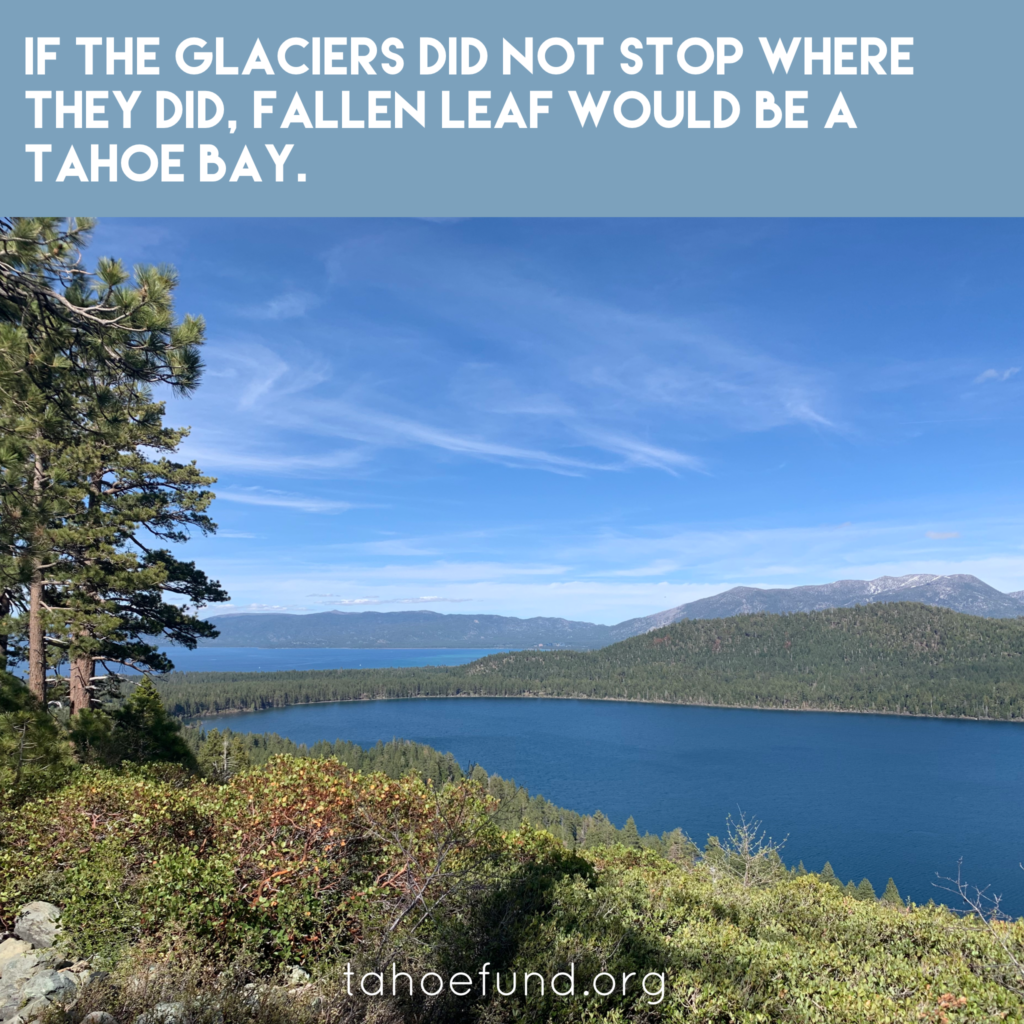
Fallen Leaf Lake is the product of not one, but two glaciers colliding and traveling north down the Glen Alpine Valley and finally coming to a stop before reaching Lake Tahoe. On the northeastern side of the lake a terminal moraine can be seen. Moraines are large deposits of rocks and debris carried down by the glacier. In this case, the moraine signifies the end of the glacier, acting as a natural dam.[1][5]
Emerald Bay

Emerald Bay was formed during the last glacial episode which started about 110,000 years ago and ended about 15,000 years ago.[2] The four-mile-long glacier that contributed to the Emerald Bay formation started on the north slopes of Dicks peak and pushed its way down Eagle Creek moving towards the lake until the two met.[2] When the glacier entered the lake it began to melt, leaving the debris along the lake’s shore creating lateral moraines on the north and south sides and leaving a recessional moraine at the mouth of the bay.
Donner Lake
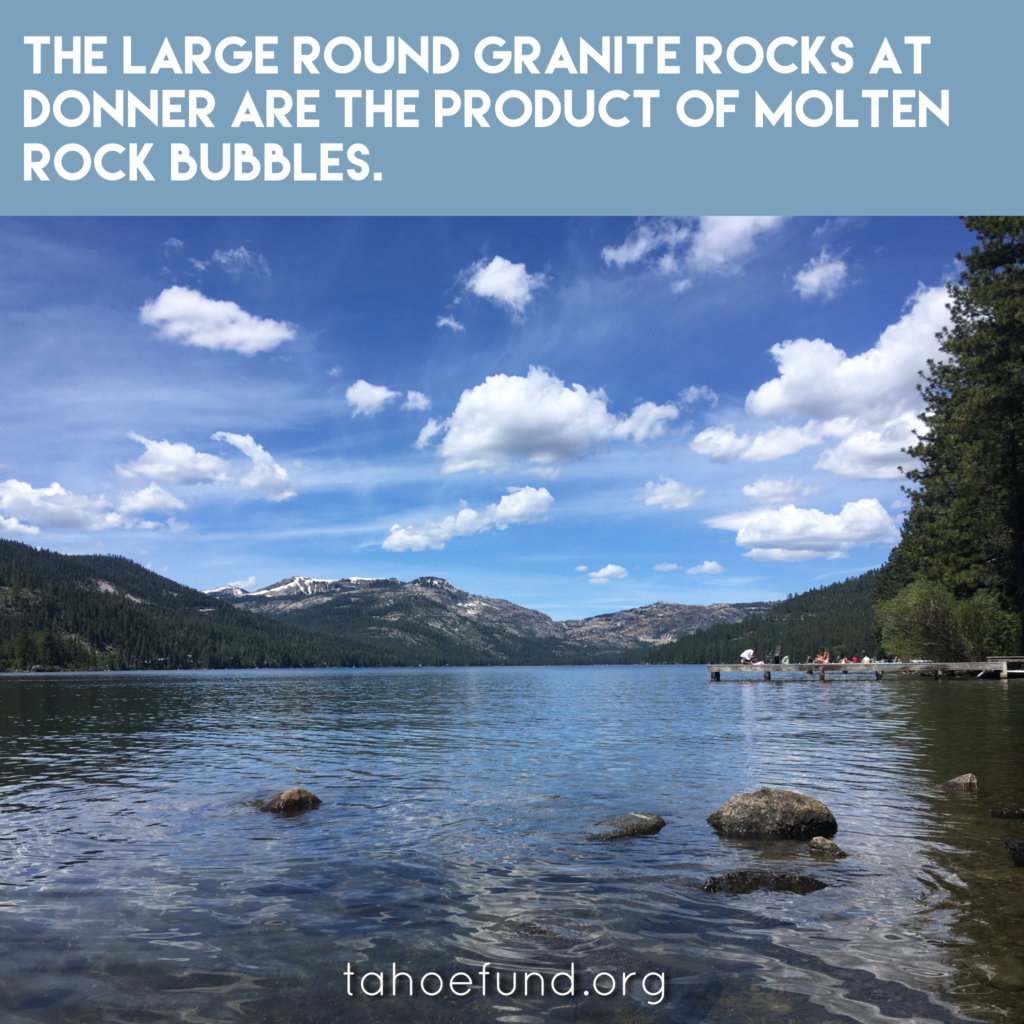
Thousands of years ago, a large glacier flowed down the Eastern Slope of Donner Pass carving a path along a rock fault.[3] As the glacier eventually retreated, it left two lateral moraines on the sides and a terminal moraine of large rocks, gravel and loose soil that blocked the creek resulting in the formation of Donner Lake.[4] For this reason, Donner lake is classified as a moraine-dammed lake. These long, finger-shaped lakes are also referred to as ribbon lakes, which you can see clearly from the pictures of Donner and Fallen Leaf Lake.
Sources:
[1]: “National Snow and Ice Data Center.” All About Glaciers | National Snow and Ice Data Center, 16 Mar. 2020, nsidc.org/cryosphere/glaciers/.
[2]: Fuller, M, et al. “Emerald Bay State Park: National Natural Landmark 1969.” California Parks, California Geological Survey, Department of Conservation, 2015, www.parks.ca.gov/pages/734/files/GeoGem%20Note%2034%20Emerald%20Bay%20State%20Park.pdf.
[3]: “Docent Manual Chapter 5 – AdditionalResources .” Tahoe UC Davis, UC Davis, 2016, tahoe.ucdavis.edu/sites/g/files/dgvnsk4286/files/inline-files/Docent%20Manual%20Chapter%205%20-%20AdditionalResources.pdf.
[4]: “History & Natural History – Donner Memorial State Park.” Sierra State Parks Foundation, sierrastateparks.org/donner-memorial-state-park/history-natural-history/.
[5]: Fallen Leaf Lake
